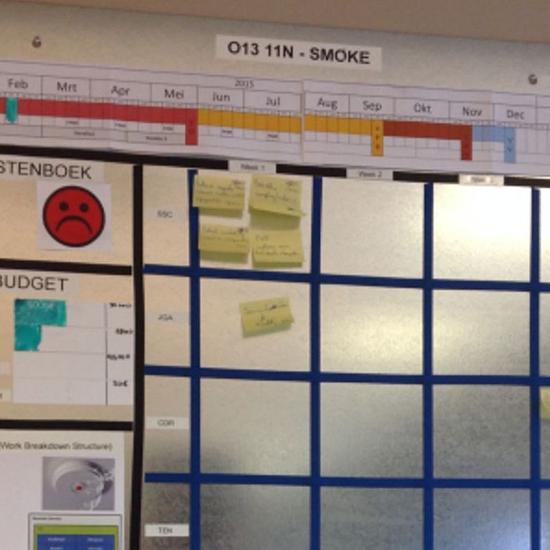Increasing demand for more extensive product ranges, more product variants and faster delivery times have led to greater diversity in both hardware and software. The challenge here is to design product testing equipment that can efficiently and effectively test end-of-line products automatically, and then link the test results to the actual products.
Increasing demand for more extensive product ranges, more product variants and faster delivery times have led to greater diversity in hardware (e.g. dimensions and positioning of the controls and connectors) and software (e.g. mix of programmed functions).
The challenge here is to design product testing equipment that can efficiently and effectively test end-of-line products automatically based on test stipulations, and then link the test results to the products (traceability).
Culture of ad-hoc testing
Regularly recurring symptoms at companies with production and testing departments include the following:
- Setting up test procedures takes up too much time
- Testing equipment has to be converted for each new product variation
- Test results are not properly administered
- The time taken for testing is too long
- The testing equipment is too expensive and inflexible for covering all the product variations
- Testers are not sufficiently informed about how a specific product variant should be tested
- Installing and uninstalling products on test equipment cannot be automated
- etc.
A complaint often voiced is that test equipment infrastructures are often poorly set up with little or no planning. This leads to ad-hoc testing cultures for products, in which the more product variations there are, the greater the number of problems.
Problem control
An understanding of the underlying causes is necessary in order to approach the problem from a fundamental perspective:
- No specific process or method in the design of testing equipment
- Adjustments either change from time to time or are not sufficiently known
- Incomplete or changing requirements
- Inadequate tooling support
- Ambiguous and changing priorities
- etc.
The solutions for such causes can be roughly divided into three categories:
- Organisational & business: Concurrent engineering, industrialisation or embedding work preparations within the organisation, etc.
- Process-based (methods): Design for compliance, complexity management, project management, etc.
- Tooling support: CAD, test data administration, automatic test stipulation set up, etc.
Important questions that often arise include, ‘How can I link all the solutions that are circulating to my specific problem?’, ‘How can I avoid applying solutions that won’t work for me?’, and also, ‘Which are the most suitable solutions for my situation, and in what sequence and exactly how should they be implemented?’
Such solutions, or actions, are typically grouped into specific transformation plans for the individual company.
Although the symptoms may appear to be the same and recognisable, the solutions that work well for company X may not work for company Y because of differences in the underlying causes, or because of different transformation plans.
Time for action!
Experience has shown us that designing test equipment and then linking it into data administration (stipulations, test results, etc.) is a challenge that often arises among companies with a wide range of products. Are you also experiencing problems? Would you like to participate in an exchange of in-depth ideas with other companies? Sirris is starting a new initiative in which we want to help companies deal with similar problems. You can also take part!
Together with the various reactions and also on the basis of the range of expectations, Sirris wants to find out more about how to define these issues (learning networks, collective research, collective support, individual support, etc.), and at what level (Flemish, national, European, etc.).



